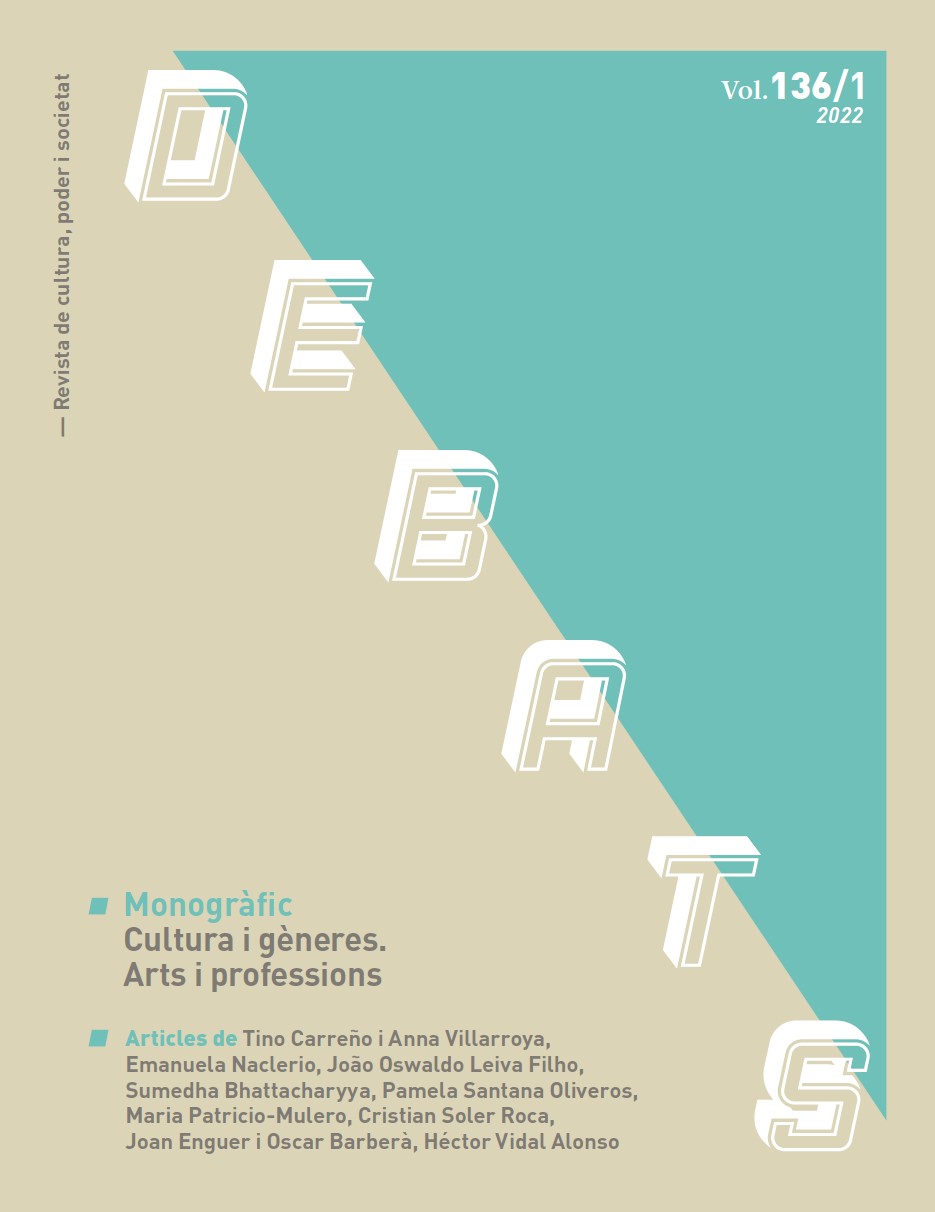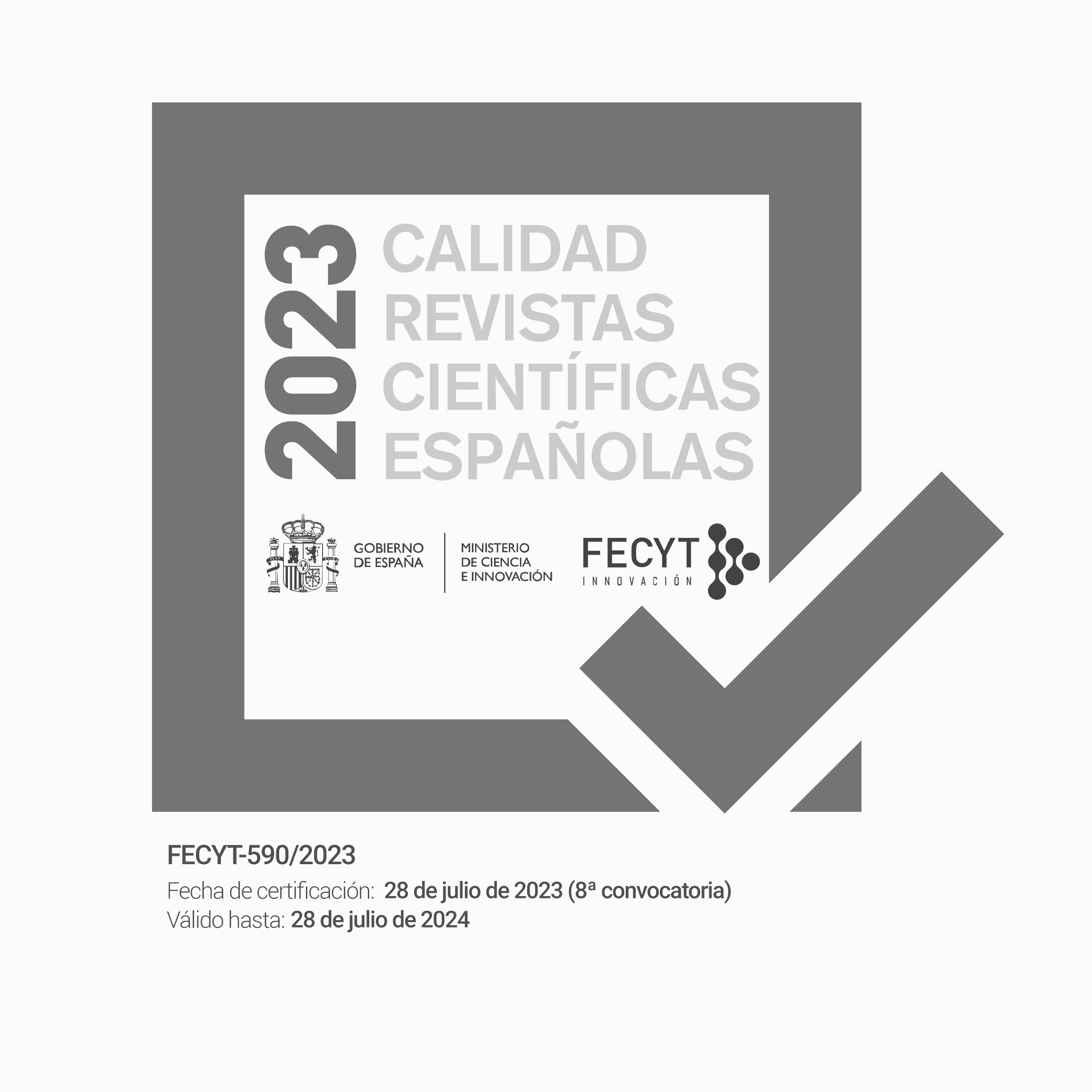Macha Caporal: bridging gaps, embodying resistance
DOI:
https://doi.org/10.28939/iam.debats-136-1.5Keywords:
dance, performance, gender, agency, political action, BoliviaAbstract
The following article explores the practice and performance of a block of Macha Caporal dancers, women who appropriate the costume, movement and name of the male character of the Bolivian dance Caporales. Given the demarcated gender structure established in the Caporales dance —represented by the couple of Macho Caporal (male character) and Cholita (female character)—the appearance of Macha Caporal as a new role in dance, has brought about the questioning of the performance and identity of women who dance like Machas. Based on an ethnographic research performed in 2018 in the city of La Paz and from a gender perspective, this article analyses how the performance of Macha Caporal dancers reveals the women’s non-conformity with discriminatory gender norms present in their wider social context. Through the accounts of the women and the descriptions of their contexts of practice and performance, the conditions in which women dance are revealed, making visible dynamics of inequality and violence present in the environment of the folkloric entradas (dance parades) of the city of La Paz. Finally, the article examines how the organization of women in an independent block and their style of movement can be understood as acts of resistance and political action in a setting characterized by chauvinism and inequality.
Downloads
References
Benavente, J. (2017). De los Andes al margen: disidencia y transgresión en manifestaciones andinas en Santiago de chile. (Tesis de Maestría). Recuperada de Pontificia Universidad Católica de Chile. ( https://repositorio.uc.cl/handle/11534/21338).
Butler, J. (1988). Performative acts and gender constitution: An essay in phenomenology and feminist theory [Actos performativos y la constitución del género: Un ensayo sobre fenomenología y teoría feminista]. Theather Journal, 40(4), 519-531. Recuperado de: http://www.jstor.org/stable/3207893
Butler, J. (2006). Deshacer el genero. Barcelona: Ediciones Paidós Ibérica.
Cooper Albright, A. (2013). Engaging bodies: The Politics and Poetics of Corporeality [Cuerpos comprometidos: la política y la poética de la corporalidad]. Middletown: Wesleyan University Press.
Fisher, J. (1993). Out of the Shadows: Women, Resistance and Politics in South America [Fuera de las sombras: mujeres, resistencia y política en América del Sur]. Londres: Latin America Bureau.
Fléty, L. (2015). Les cortèges de la fortune: Dynamiques sociales et corporelles chez les danseurs de morenada (La Paz, Bolivie) [Procesiones de la fortuna : Dinámicas sociales y corporales en los bailarines de morenada (La Paz, Bolivia)]. (Tesis doctoral). Université Paris Ouest, Paris.
Foster, S. L. (1998). Choreographies of Gender [Coreografías de género]. Signs, 24(1), 1-33. Recuperado de: http://www.jstor.org/stable/3175670
Gómez, N., Mendiola, W. y Pinto, R. (2010). Caporales 100% boliviano: La historia del evento mundial de Caporales. La Paz: Editorial Campo Iris.
Guaygua, G. (2003). La Fiesta del Gran Poder: el escenario de construcción de identidades urbanas en la ciudad de La Paz, Bolivia. Temas Sociales, (24), 171-184. Recuperado de: http://www.scielo.org.bo/pdf/rts/n24/n24a12.pdf
Hanna, J. L. (1987). To dance is human: a theory of nonverbal communication [Bailar es humano: una teoría de la comunicación no verbal]. Londres: The University of Chicago press.
Lazar, S. (2008). El Alto, Rebel City: Self and Citizenship in Andean Bolivia [El Alto, ciudad rebelde: individualidad y ciudadanía en la Bolivia andina]. Durham y Londres: Duke University press.
Programa de las Naciones Unidas para el Desarrollo. (2002). Informe de Desarrollo Humano de Genero en Bolivia: 2003. La Paz: Plural Editores.
Programa de las Naciones Unidas para el Desarrollo. (2019). Informe sobre Desarrollo Humano (2019): Más allá del ingreso, más allá de los promedios, más allá del presente: Desigualdades del desarrollo humano en el siglo XXI. Nueva York. Recuperado de: http://hdr.undp.org/sites/default/files/hdr_2019_overview_-_spanish.pdf
Polhemus, T. (1993). Dance, gender and culture [Dance, Género y Cultura]. En H. Thomas (Ed.), Dance, gender and culture (pp. 3-15). Basingstoke: Palgrave Macmillan.
Reed, S. (2012). La política y poética de la danza. En S. Citro, y P. Aschieri (Eds.), Cuerpos en movimiento: Antropología de y desde las danzas (pp. 75-100). Buenos Aires: Editorial Biblos.
Sánchez, M. (2006). País de Caporales: Los Imaginarios del Poder y la Danza de los Caporales en Bolivia. (Tesis de maestría). Universidad Nacional de Cuyo, Mendoza.
Schechner, R. (2013). Performance studies: An Introduction [Estudios de la Performance: Una introducción]. Nueva York: Routledge.
Taylor, D. (2016). Performance. Durham y Londres: Duke University Press.
Young, I. M. (1980). Throwing like a girl: A phenomenology of feminine body comportment, motility and spatiality [Lanzando como una niña: Fenomenología del comportamiento, movilidad y espacialidad del cuerpo femenino]. Human Studies, 3(2), 137-156. Recuperado de: http://www.jstor.org/stable/20008753
Downloads
Published
How to Cite
Issue
Section
License
Without prejudice to the provisions of article 52 of Spanish Law 22/1987 of November 11 on Intellectual Property, BOE (official state bulletin) of November 17, 1987, and pursuant to said legislation, the author(s) surrender(s) free of charge its rights of edition, publication, distribution and sale of the article, for its publication in Debats. Journal on Culture, Power and Society.
Debats. Journal on Culture, Power and Society is published under the Creative Commons license system in accordance with the «Recognition - Non-Commercial (by-nc) modality: The generation of derivative works is permitted provided that commercial use is not made. Nor can the original work be used for commercial purposes».
Thus, when the author submits his/her contribution, he/she explicitly accepts this assignment of publishing and publishing rights. Authors also authorize Debats. Journal on Culture, Power and Society to include their work in an issue of the journal to be distributed and sold.











